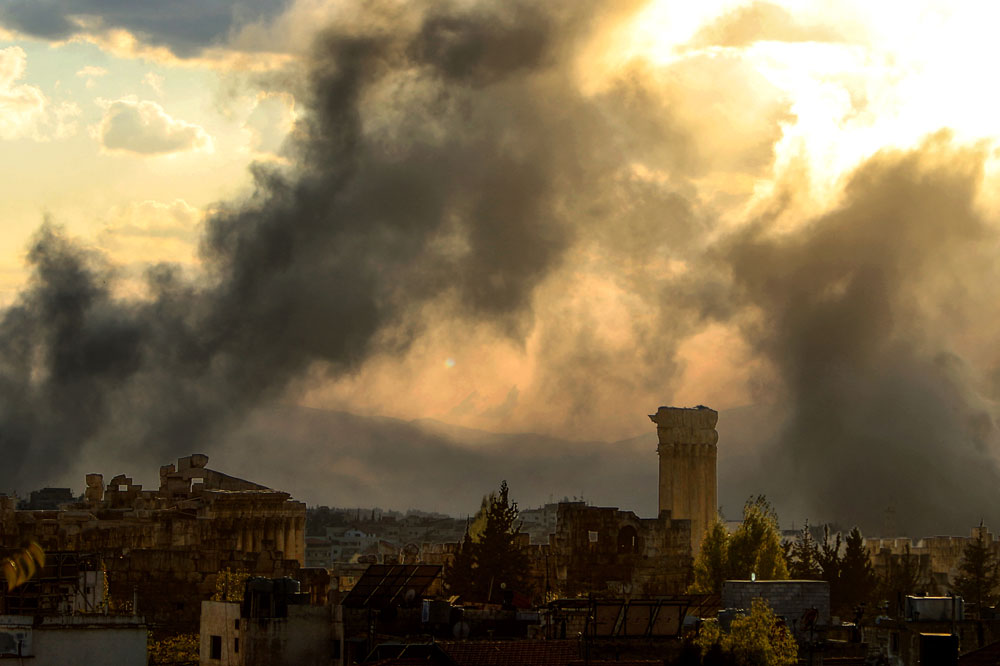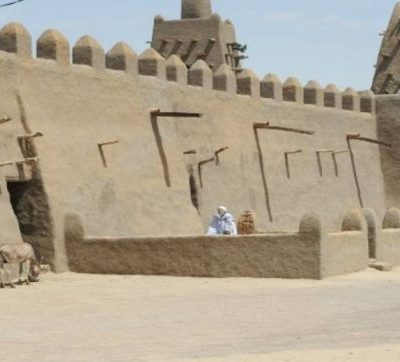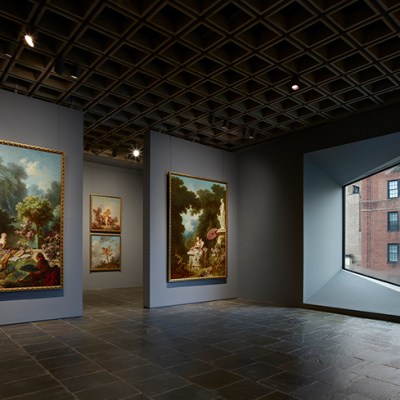Tens of thousands have fled the city of Baalbek after Israel issued an evacuation order that included the World Heritage site, reports Al Jazeera. Baalbek, which has been inhabited for around 11,000 years, is believed to be an ancient Phoenician city, and is home to some of the best-preserved Roman ruins in the world, including the Temple of Bacchus, which dates as far back as the late 2nd century. Hours after issuing the displacement order on 30 October, Israel commenced an aerial bombardment of Baalbek, which it considers part of the heartland of the Shia militia group Hezbollah, resulting in 19 deaths. According to NPR, Lebanese citizens have tried to shelter from the bombing in the temple complex, hoping the heritage site would be spared, but have been encouraged to leave the city entirely.
The UK chancellor Rachel Reeves has announced the budget for 2025–26, with mixed news for the arts. The Departure for Culture, Media and Sport (DCMS) will receive a 2.6 per cent boost for the year, taking its budget to £2.3bn. Much of this will be for ‘cultural infrastructure funding’ and grant-in-aid for national museums, with £3m set aside for the Creative Careers Programme, which provides young people with advice and opportunities relating to working in the culture sector. However, the DCMS’s Resource Departmental Expenditure Limits (DEL), which relates to day-to-day and administrative spending, will remain frozen at £1.5bn – a drop in real terms of 2.5 per cent. The Museums and Galleries Exhibition Tax Relief, which was introduced under the previous Conservative government, will be made permanent, and local authorities will have their spending boosted by 3.2 per cent for 2025–26.
Archaeologists have discovered an ancient Mayan city in Mexico, reports the BBC. Located near the city of Campeche on the Yucatán peninsula, it is believed to have been the second most densely populated Mayan city after Calakmul, which also stood close to Campeche. The archaeologists, who have named the site Valeriana, estimate that 30,000–50,000 people lived in the city during the 8th and 9th centuries. Luke Auld-Thomas, a PhD student of archaeology at Tulane University in New Orleans, said that he was ‘on something like page 16 of Google search’ when he ‘found a laser survey done by a Mexican organisation for environmental monitoring’, which led him and his colleagues to the discovery. The survey was made using Lidar, a form of mapping that uses laser pulses to reveal structures buried beneath vegetation. Ziggurats, amphitheatres and a large ball court have been ‘hiding in plain sight’, only 15 minutes’ walk from a major road near the town of Xpujil, the archaeologists say.
The Abu Dhabi sovereign wealth fund ADQ has completed a deal giving it a minority stake in Sotheby’s, reports ArtNews. First announced in August, the transaction involves a $1bn cash infusion from ADQ and the family of the telecoms magnate Patrick Drahi, who remains the majority shareholder in the company. According to a Sotheby’s spokesperson, $800 million of the investment will go towards repaying the company’s $1.7bn debt; the rest has been earmarked for the auction house’s expansion plans in the United States and elsewhere, and for developing new revenue streams. Drahi acquired Sotheby’s for $3.7bn including debt in 2019; he is known to have racked up a large amount of debt to finance his acquisitions. ADQ’s minority stake comes with three seats on the auction house’s board of directors.
The Frick Collection will reopen at its newly renovated Fifth Avenue building in April 2025, reports the New York Times. In 2021, the Frick took up temporary residence at the Breuer Building on Madison Avenue while its Fifth Avenue mansion was undergoing refurbishment; in March 2024, the museum closed its doors on Madison Avenue to prepare for returning to its original home. The project, including the renovation and the relocation, is estimated to have cost $330m. It took place under director Ian Wardropper, whose retirement in the spring will coincide with the reopening of the Fifth Avenue premises. He will be replaced by Axel Rüger, who is currently the chief executive of the Royal Academy of Arts in London.
On the other side of Central Park, the New-York Historical Society has raised $175m for a new wing to open in 2026, and is rebranding itself as the New York Historical. The new wing will be devoted to exploring the history of democracy in America, and its opening will coincide with the 250th anniversary of the founding of the United States. Also in US museum news, the Clark Art Institute in Williamstown has received 331 artworks from the Aso O. Tavitian foundation – and $45m to build a wing to put them in. The donated works include paintings by Rubens, Jan Van Eyck and Vigée Le Brun, and sculptures by Bernini and the Spanish sculptor Gil de Siloé.



